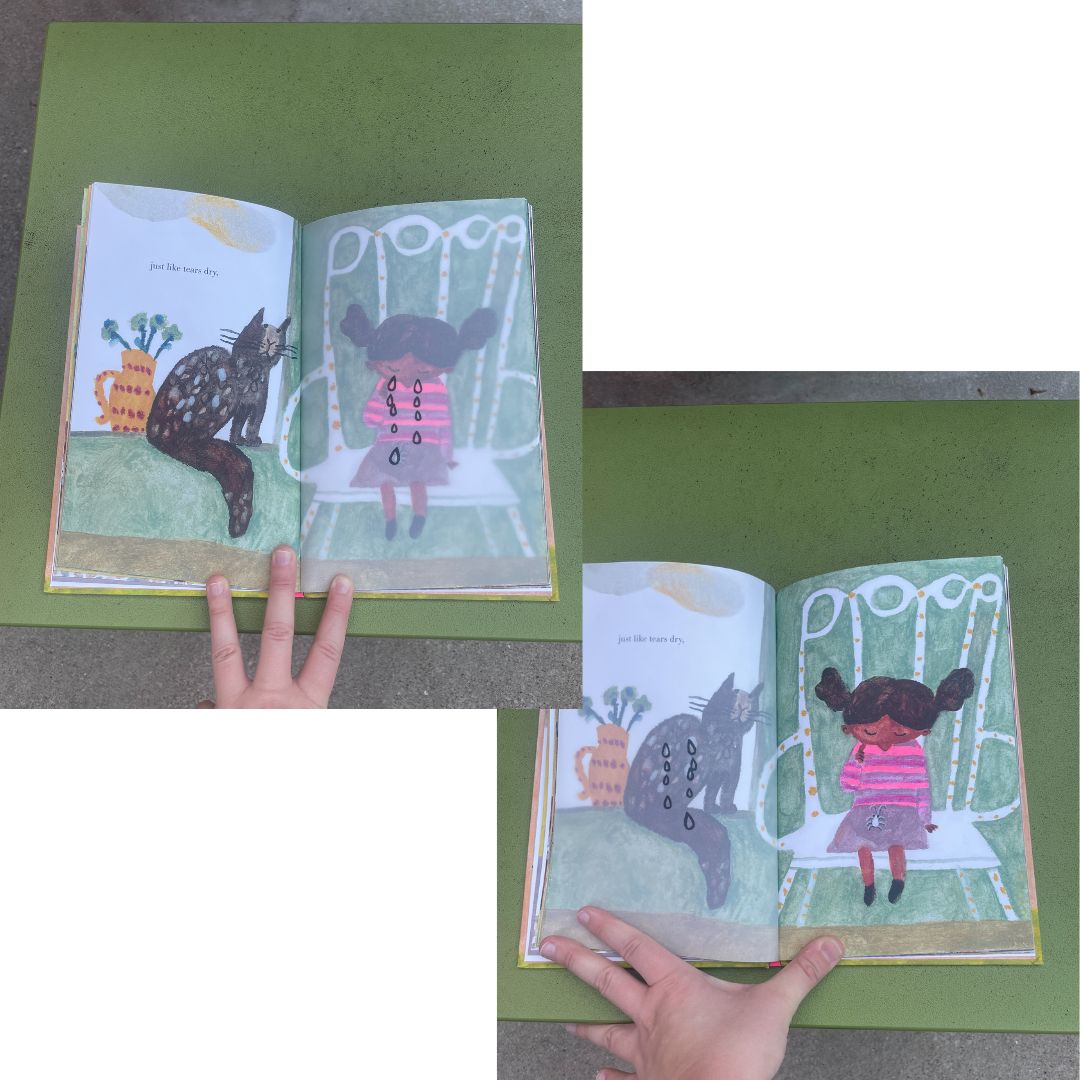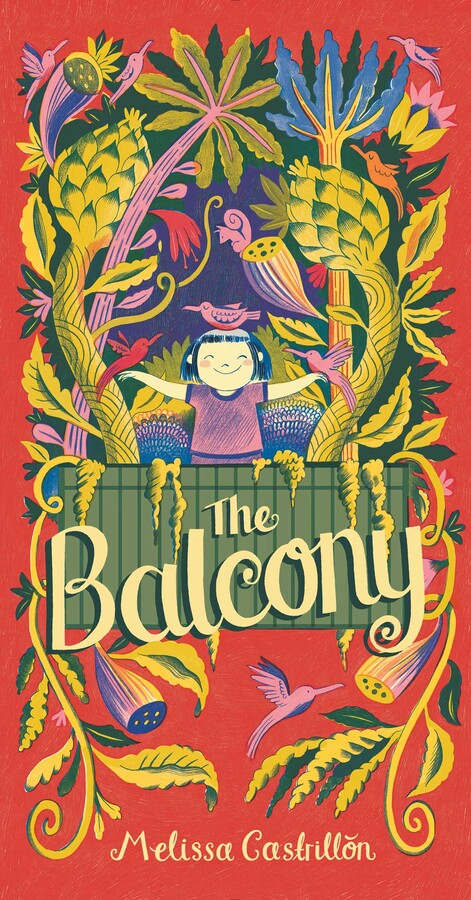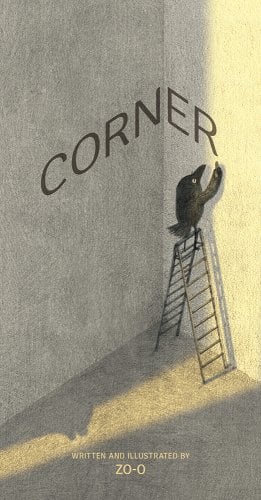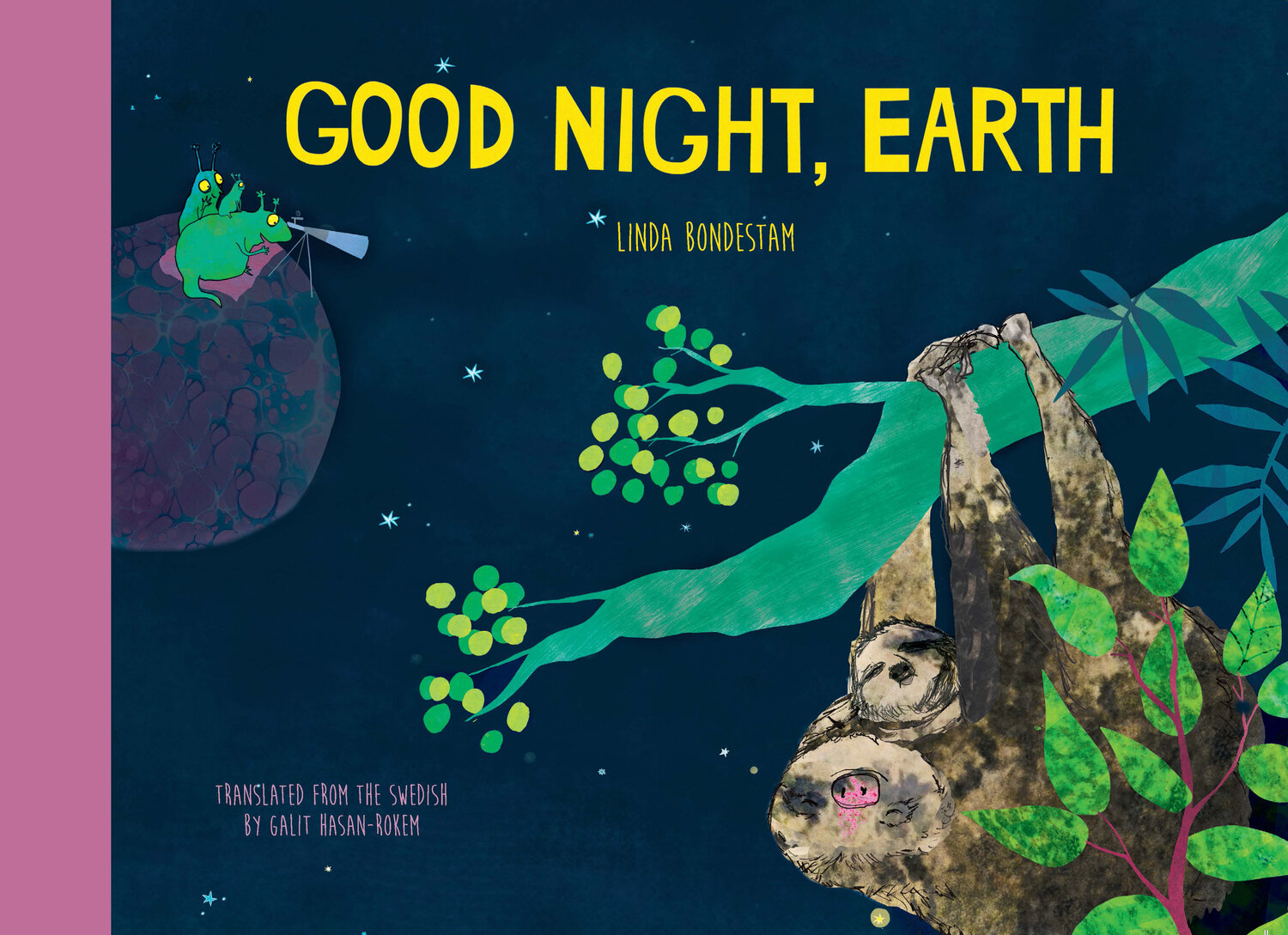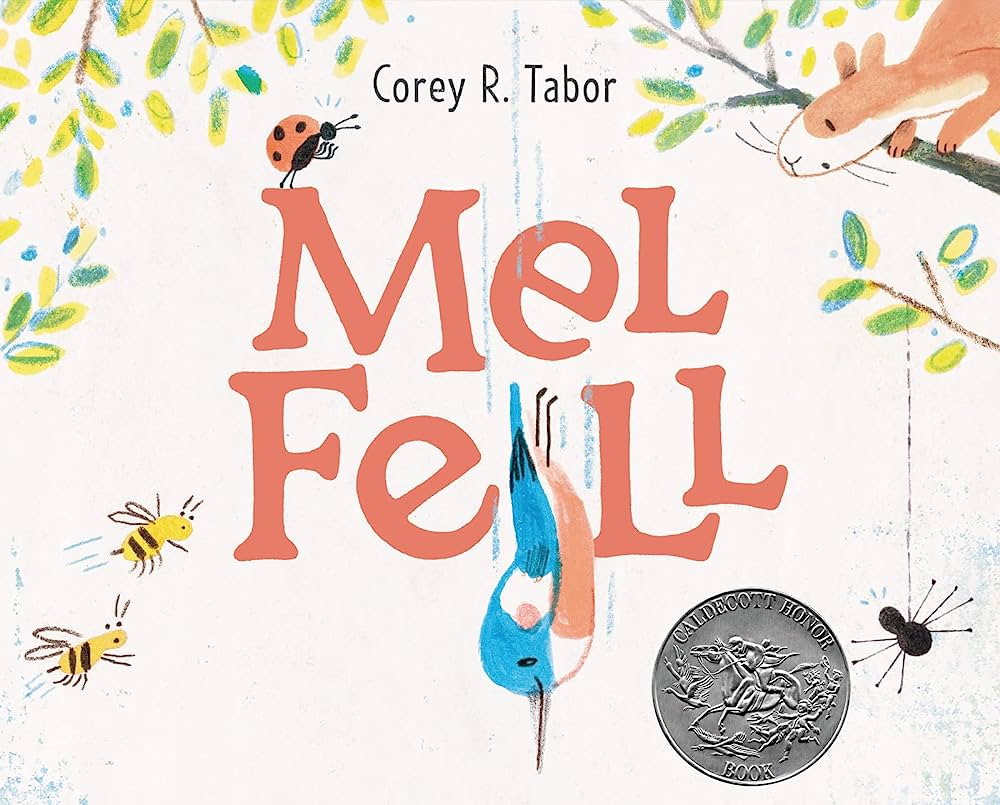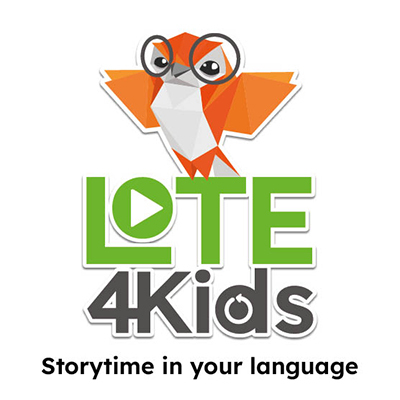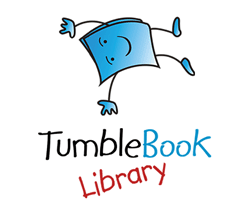One of my favorite things about working at the library might be a bit obvious: I get to be surrounded by books all day every day! While the spectacular stories and gorgeous artwork within the pages of most children’s books are more than enough to draw me in, lately I’ve been curious about the various sizes, shapes and orientations of these books as objects, too.
It’s true that pretty much every book we have at the library is a quadrilateral, more specifically a rectangle — even sometimes a very special kind of rectangle, the square! — but the dimensions and page orientations of these rectangular objects can have a surprising amount of variety. According to Book Riot, most children’s books are published in three standard sizes: a 7.5-inch x 7.5-inch square, a portrait-style 7-inch x 10-inch rectangle and a landscape-style 10-inch x 8-inch rectangle.
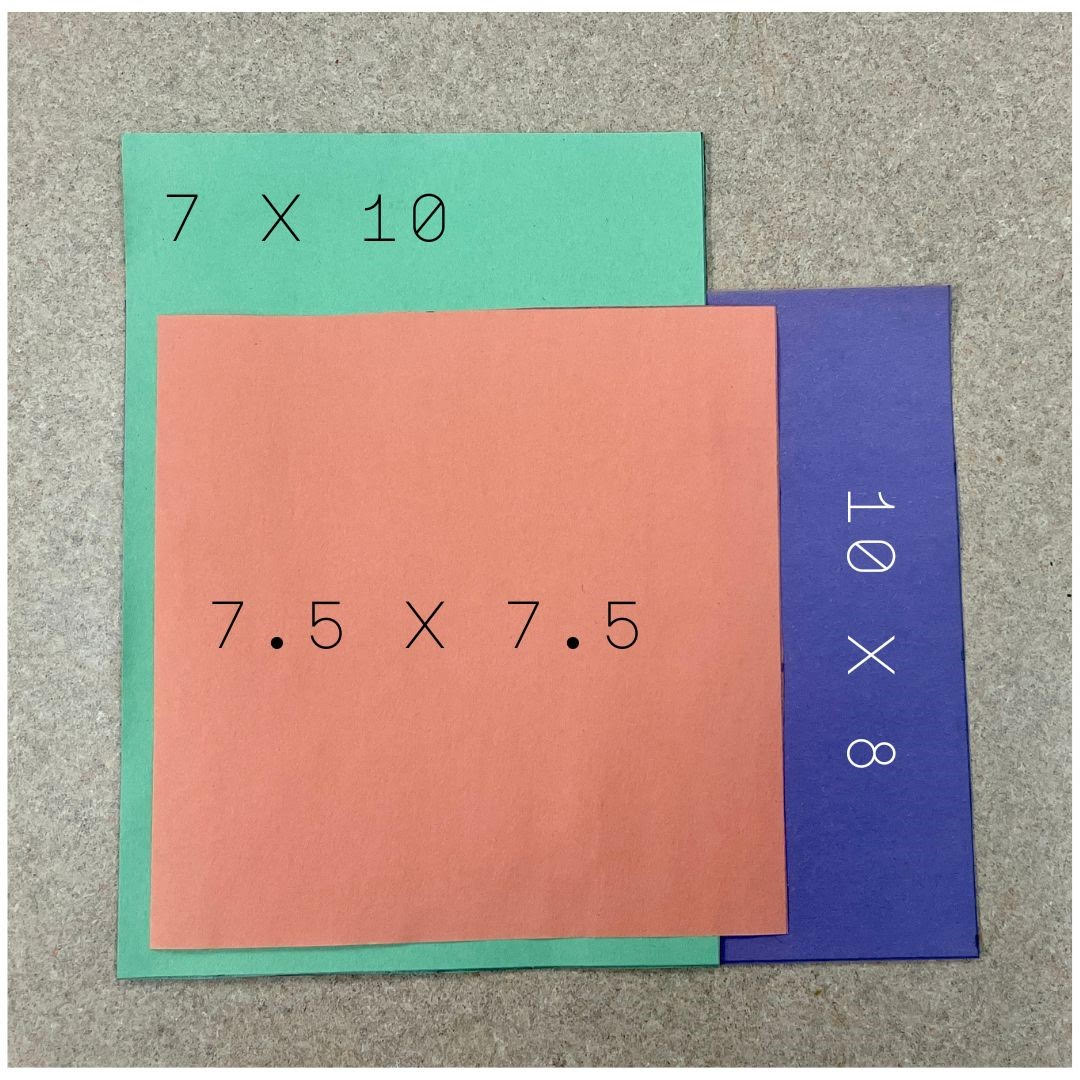
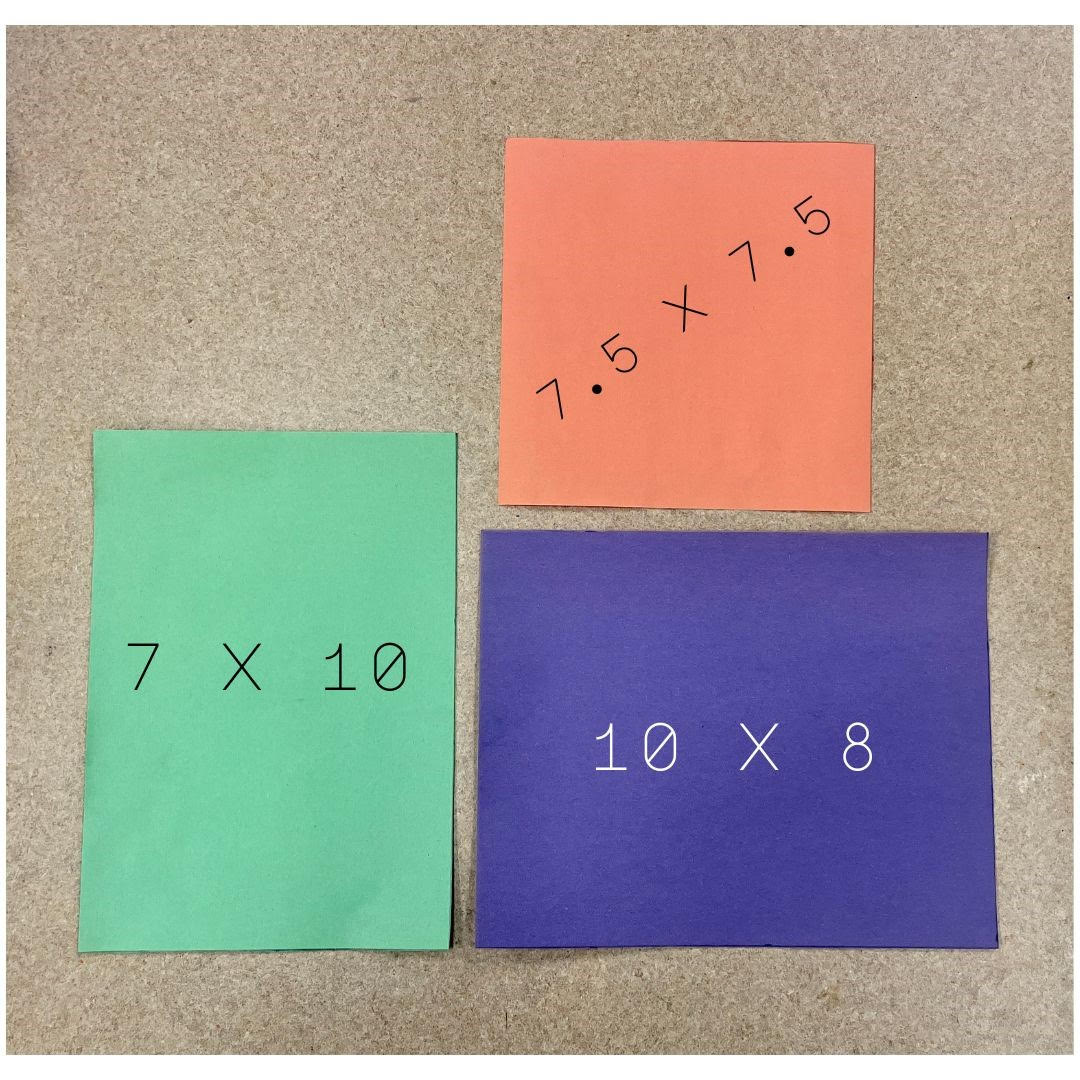
However, excitingly, there are a select number of children’s books that deviate from these more regular rectangles and squares, making for some uniquely rectangular reads. These rare gems aren’t always the most apparent on the shelf, and scouting them out amidst the many hundreds and thousands of typical titles can be a calm, centering adventure. You are looking, after all, for both the significant and the slight fluctuations from the larger pattern, what is not quite like what surrounds it: for example, a long spine poking out from the rest, or a tiny treasure that recedes further back into the shadows of the shelves, hiding much like a songbird in a thicket.
Nevertheless, if you don’t have the time, energy or patience to unearth these varied rarities from DBRL’s vast, ever-expanding collection, never fear! I’ve done some deep-dive searching for you and recorded my findings in this Uniquely Rectangular Reads book list. Below are a couple of my favorite encounters; I’m hopeful this garden of idiosyncratic sizes will continue to grow.
“The Balcony” by Melissa Castrillón
In this nearly wordless picture book, a young child must adapt to moving from the verdantly lush countryside to the concrete-gray confines of the city. Thank goodness for balconies and new friends!
“Corner” by Zo-O
A patiently curious crow encounters a blank corner — the literal bound center of the book — and takes creative matters into their own hands, or wings.
“Good Night, Earth” by Linda Bondestam
Two green extraterrestrials observe and narrate the various bedtime rituals of earthling creatures, including a very tired axolotl who is literally tucked into bed with a half-page illustration:
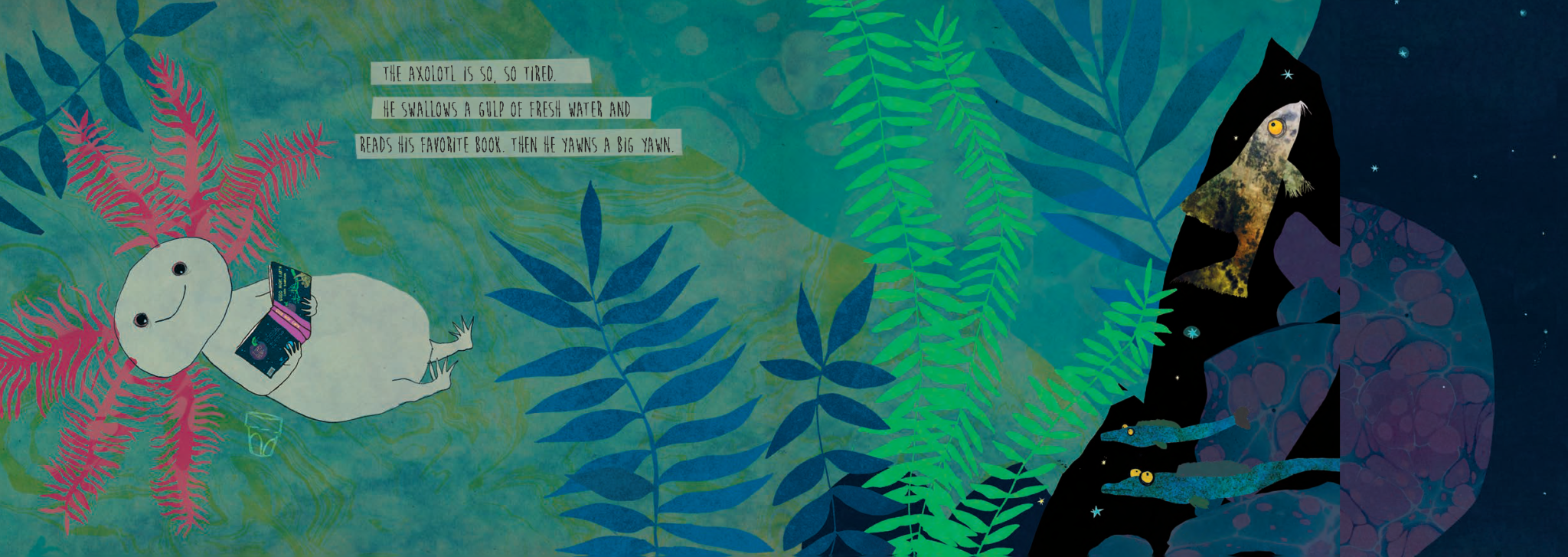
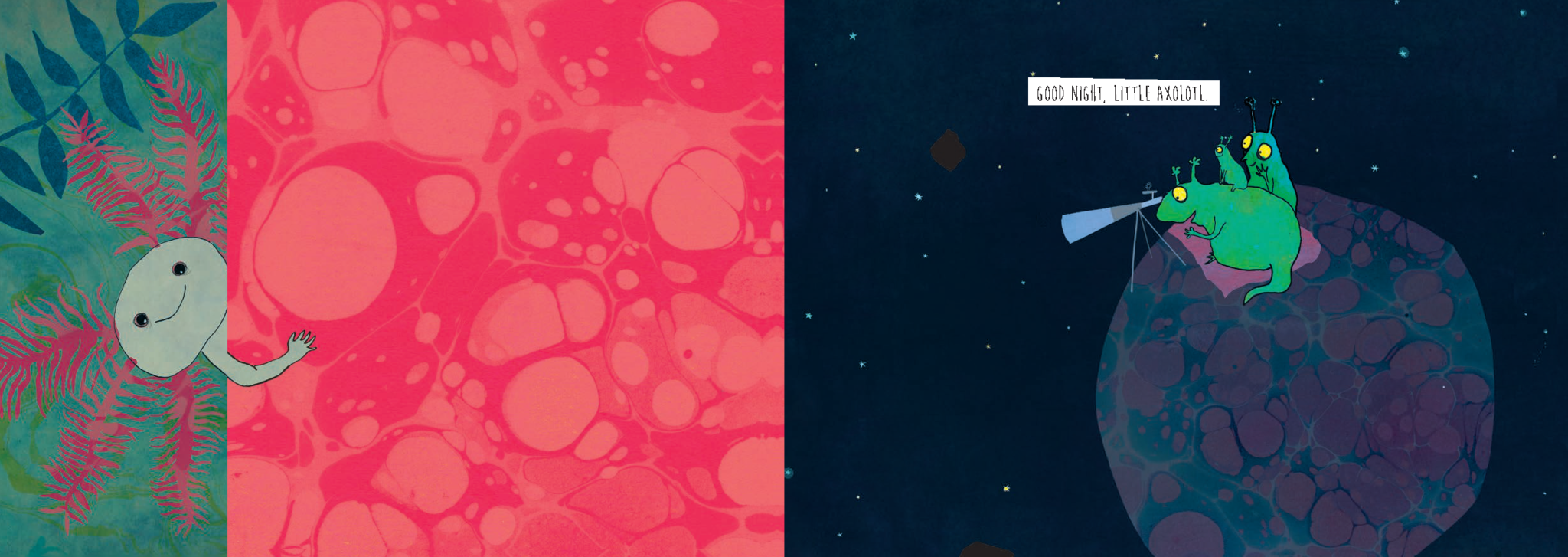
“Mel Fell” by Corey R. Tabor
A young kingfisher chick named Mel takes her first dive out of the nest, though all of her treetop neighbors assume she is falling. Tabor’s playful and powerful story is oriented a little differently: instead of reading the pages from left to right, the text runs parallel to the book’s spine, meaning you turn the pages up and down before turning the entire book 180 degrees in the middle. Don’t worry — Tabor’s illustrations and Mel’s plucky determination will lead the way through this highly interactive read-aloud!
“Things That Go Away” by Beatrice Alemagna
A moving meditation on constancy and change, illustrated with the help of transparent pages that transform small scratches into the spokes of a bicycle’s wheel, music into flowers, and tears into a cat’s speckled fur:
